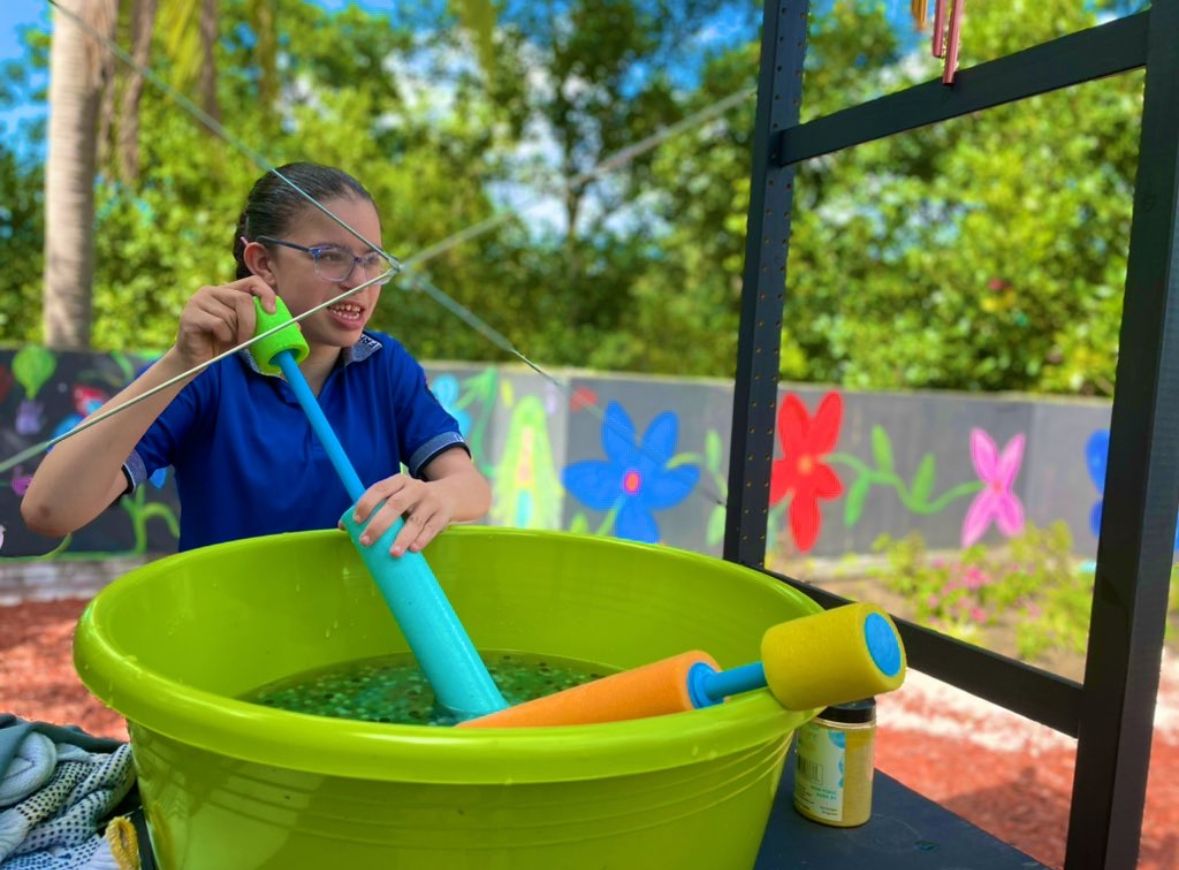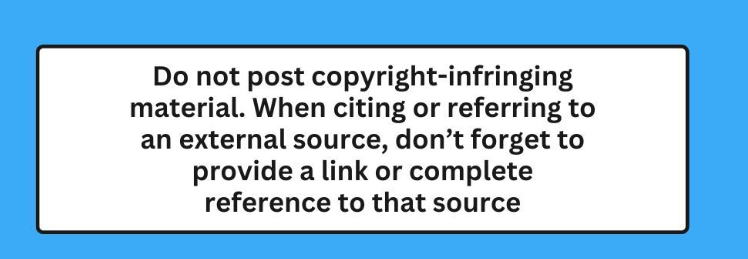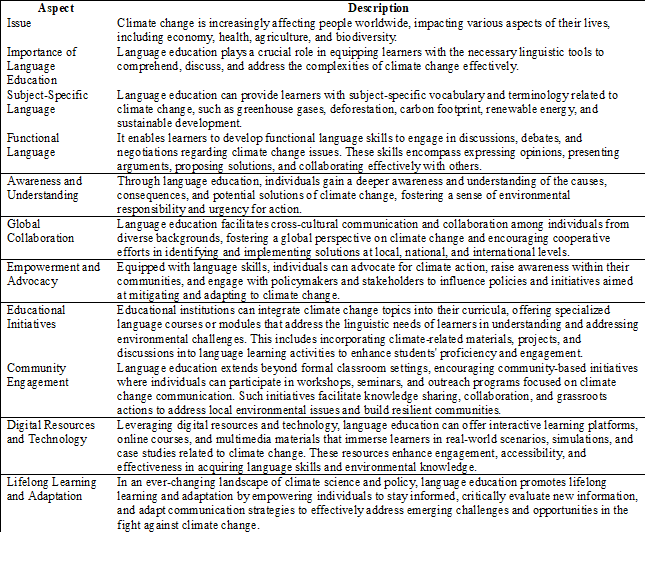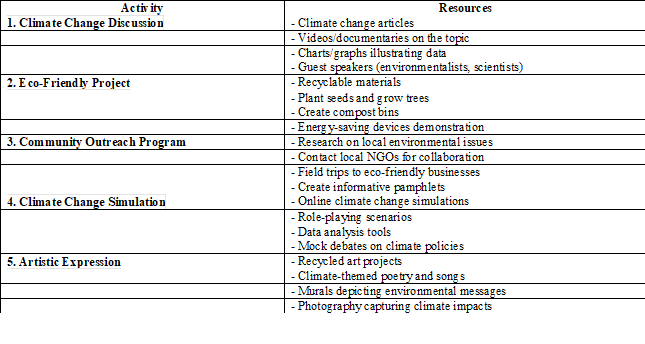@Ana_moderator
This page is amazing to learn about climate change with interactive games for the classroom.
https://subjecttoclimate.org/blog/10-climate-change-games-for-the-classroom
Interactive games can be a powerful tool in fostering a proactive mindset among students with or without disability regarding climate change. These games can simulate real-world environmental challenges, allowing students to experiment with sustainable practices and observe the consequences of their decisions in a risk-free environment.
By engaging students in scenarios that require critical thinking, problem-solving, and collaboration, interactive games can deepen their understanding of climate issues and inspire them to adopt eco-friendly behaviors. Like the sensory garden we made at our program. Moreover, these games can make learning about climate change fun and engaging, encouraging students to become active participants in the fight against global warming and instilling a sense of responsibility for the planet’s future.
I have hope in a new generation of students with climate change mindset-










